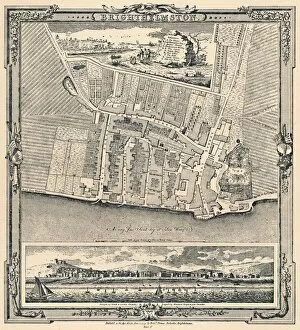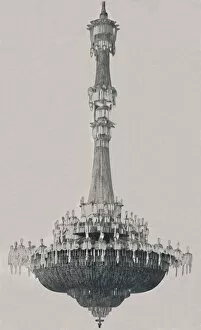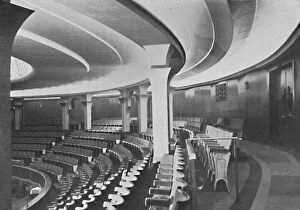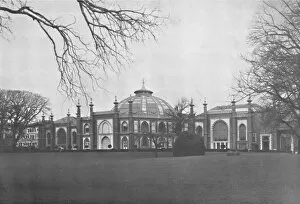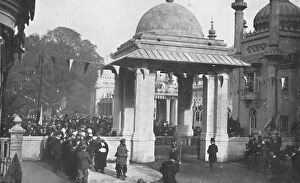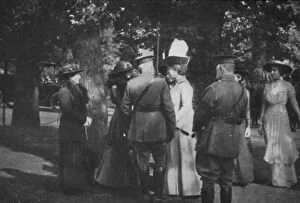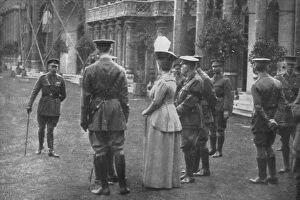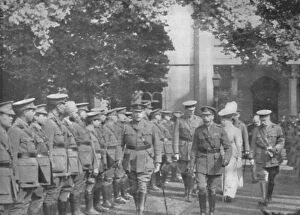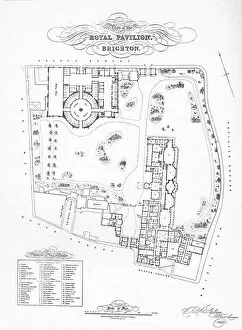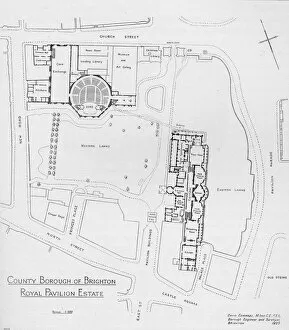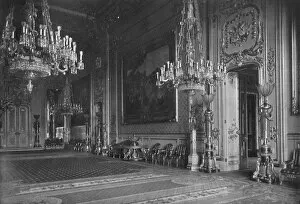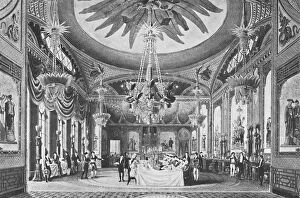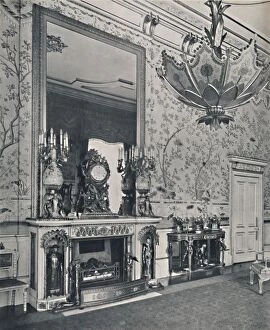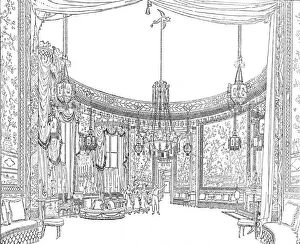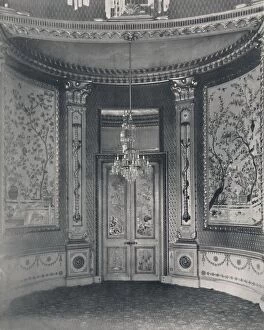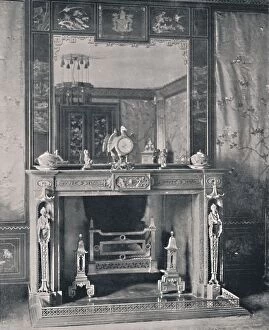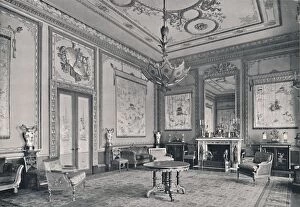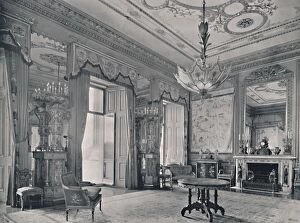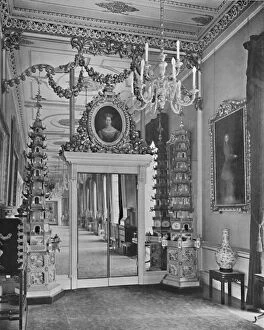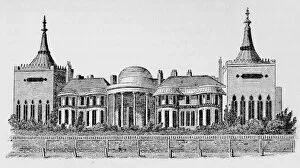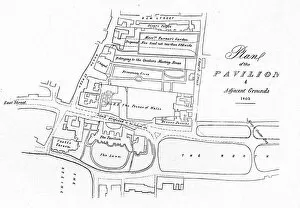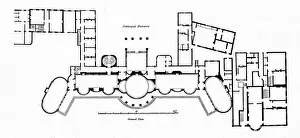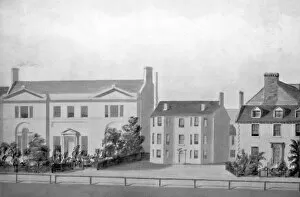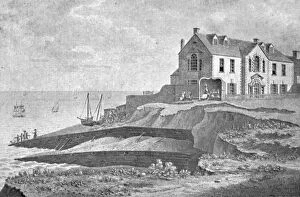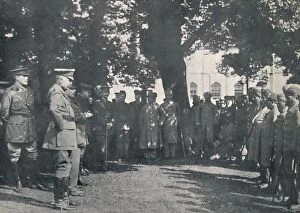Henry D Roberts Collection
Henry D. Roberts was a renowned photographer who captured the essence of Brighthelmston, a coastal town in England, during the late 18th century and early 20th century
For sale as Licensed Images
Choose your image, Select your licence and Download the media
Henry D. Roberts was a renowned photographer who captured the essence of Brighthelmston, a coastal town in England, during the late 18th century and early 20th century. Born around c1779, his work showcased various aspects of this vibrant town throughout different periods. One of his notable photographs titled "The Dome: Looking From The Platform" taken in 1939 provides a breathtaking view from the platform of The Dome, showcasing its grandeur and architectural beauty. Similarly, another photograph captures "The Dome: Interior After the Alterations, " revealing intricate details of inner roof and panelling that were modified to enhance its elegance. Roberts also documented significant events such as "After The Reopening of the Reconstructed Dome" on September 14th, 1935. This image portrays the joyous atmosphere surrounding this momentous occasion when locals celebrated the revival of their beloved landmark. In addition to architectural marvels, Roberts captured human moments too. One such photograph showcases H. M Queen Mary after her investiture on August 25th, 1915. It immortalizes her grace and regal presence during this important event. Roberts' lens also focused on historical landmarks like "Unveiling of the Indian Memorial Gateway by Maharaja Patiala" in October 1921. This picture commemorates an act that symbolized unity between nations while honoring those who sacrificed their lives for freedom. Furthermore, he highlighted natural elements within Brighthelmston's landscape with images like "Exterior Of The Dome As It Is Today. " This photo depicts how nature seamlessly blends with man-made structures to create harmonious surroundings. Through his lens, Roberts transported viewers back in time with captivating shots like "The South Gate" dating back to1832 or capturing H. M King George V and Queen Mary strolling along Eastern Lawns on August 25th, 1915 - showcasing both history and royalty intertwined. Henry D.

